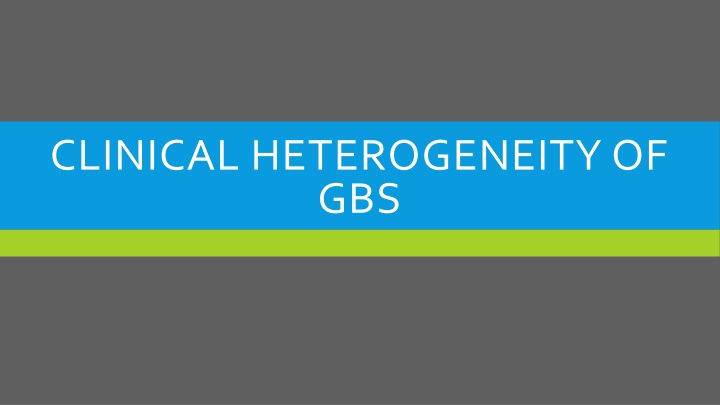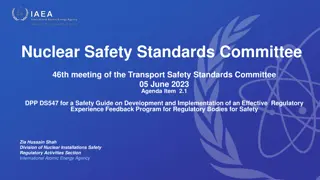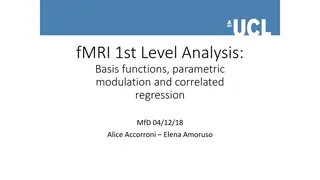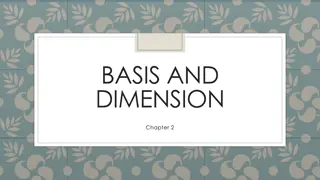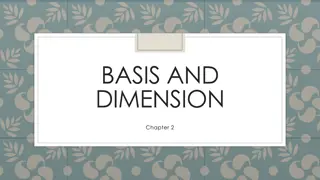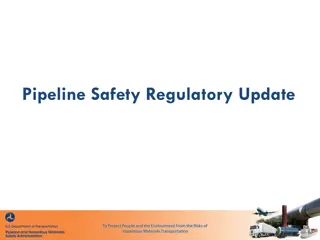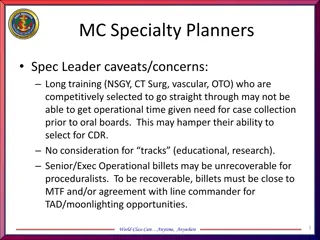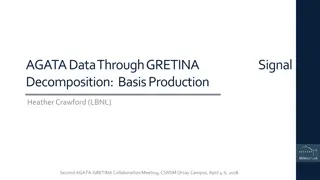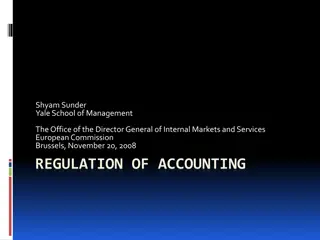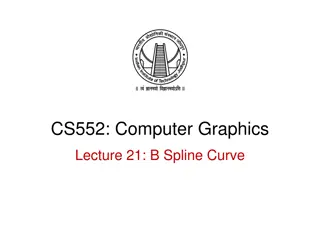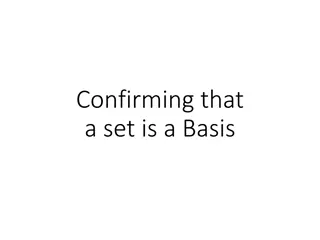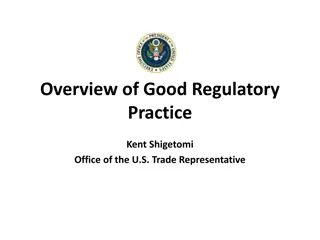Open Notes Regulatory Basis, Research, and Operational Considerations
Regulatory push by CMS and ONC aims to transform healthcare data sharing, enhancing patient empowerment and value-based care. Providers, payers, HIT developers, and third-party apps are subject to new interoperability rules with specific dates for compliance.
Download Presentation

Please find below an Image/Link to download the presentation.
The content on the website is provided AS IS for your information and personal use only. It may not be sold, licensed, or shared on other websites without obtaining consent from the author.If you encounter any issues during the download, it is possible that the publisher has removed the file from their server.
You are allowed to download the files provided on this website for personal or commercial use, subject to the condition that they are used lawfully. All files are the property of their respective owners.
The content on the website is provided AS IS for your information and personal use only. It may not be sold, licensed, or shared on other websites without obtaining consent from the author.
E N D
Presentation Transcript
CLINICAL SCENARIO 48 yr old , female Prawns peeling in a fish market
Apparently normal before 4 days of admission Then , she noticed difficulty in climbing stairs On the same day, she experienced multiple e/o buckling of knees Later , also found difficulty in getting up from squatting position Also had difficulty in wearing chappels
On the next day , developed difficulty in pressing gas lighter Difficulty in making food bolus Difficulty to press flush button Also noticed difficulty in lifting water filled bucket
No h/o swaying while walking No h/o sensory symptoms No h/o cranial nerve symptoms No bowel and bladder disturbances No h/o autonomic symptoms No h/o trauma No h/o febrile illness or acute diarrheal disease in the past 1 month
h/o hysterectomy for fibroid uterus, 8 yrs back h/o covid -19, 1 and half yr back 3 monts after covid infection she developed b/lknee joint pain,for which was taking low dose steroids and HCQ till now n she was told that it was covid related arthropathy No arthralgia/ arthritis at present
EXAMINATION Concious and oriented Moderatly built and nourished No PICCLE PR 74/ min regular,normal volume and character, no RF delay,no vessel wall thickening,peripheral pulses palpable BP-120/80 mmhg left arm supine position Postural bp 120/80 mmhg.. (no postural hypotension) RR- 16/ min,regular, thoracoabdominal Afebrile
SYSTEMIC EXAMINATION Higher mental function normal Cranial nerves- normal Motor system bulk of muscle no wasting or hypertrophy of muscle tone of muscle almost normal bilaterally
power right left Shoulder - flexion 4 4 extension 4 4 adduction 4 4 abduction 4 4 Elbow - flexion 4- 4- extension 4- 4- pronation 4- 4- supination 4- 4- Hand grip weak weak
Right left Abdominal muscles normal Normal Extensors of spine normal normal Hip - flexion 4- 4- - extension 4- 4- - adduction 4- 4- - abduction 4- 4- Knee - flexion 4- 4- - extension 4- 4- Ankle - dorsiflexion 4- 4- - plantarflexion 4- 4- Subtalar joint eversion 4- 4- - inversion 4 4- Great toe - flexion Weak Weak - extension weak Weak
Reflexes superficial reflexes corneal n conjunctival reflex present - gag reflex present - abdominal reflex- absent - plantar reflex bilateral flexor
deep tendon reflex trapezius reflex b/l1+ biceps reflex - b/l2+ supinator reflex b/l2+ triceps reflex - b/l2+ knee jerk -b/l 2+ ankle jerk - b/l2+
Sensory system normal Cerebellar signs - nil Romberg negative Gait walking on wide base
No involoutarymovts Autonomic nervous system normal No signs of meningeal irritation No peripheral nerve thickening Skull and spine normal Other system -WNL
DIFFERENTIAL DIGNOSIS GUILLAIN BARRE SYNDROME HYPOKALEMIC PARALYSIS MYELOPATHY transverse myelitis MYOPATHY DRUG INDUCED ( steroid/hcq induced)
INVESTIGATIONS CBC wnl ESR 28 mm/hr Rftn lft wnl S.na/k 140/ 4 Ecg normal Chest xral normal S. cpk 54 ug/L ANA -negative Anti ds-DNA negative RA factor / anti ccp -negative
NCS - Motor axonal neuropathy with proximal conduction block
CSF ANALYSIS no cells - protein 56 mg/dL ( 20- 40 ) - albumin 383 mg/L (<300) MRI brain + spinal cord - NAD
TREATMENT GIVEN IVIG
DISCUSSION GBS can be mainly classified into : 1) AIDP 2) Axonal variants AMAN and AMSAN Although diagnosis of GBS requires - progressive weakness and universal areflexia / hyporeflexia Cases of GBS with preserved or increased DTRs have been increasingly recognized
DISCUSSION Most common factors associated failure of considering Dx of GBS were : -Intact or increased DTRs -Atypical pattern of weakness -pure sensory symptoms on presentation
Current data suggest 20% of AMAN and 5% of AIDP have preserved / exaggerated DTRs Electrophysiological studies: increased excitability of AHC due upper motor neuron involvement Mechanism : Dysfunction of spinal inhibitory interneurons
CONCLUSION So, we cannot always rule out GBS in patient with typical h/o ascending type of quadriparesis, with preserved or exaggerated reflex Delay in Dx n Rx initiation has been asso. with residual weakness on discharge Emergency physician s awareness of atypical clinical presentations might improve patients prognosis.
